Recent Articles
Popular Makes
Body Types
10 Things You Need to Know About the Chevrolet Bolt
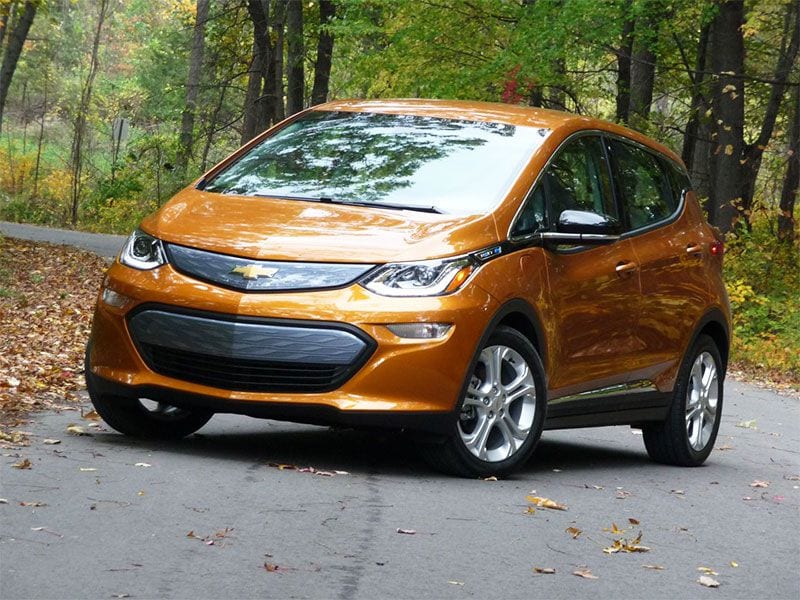
2017 Chevrolet Bolt exterior front angle by Ron Sessions ・ Photo by Ron Sessions
Someday, that weekly trip to the gas station will be a thing of the past for more drivers. That’s because electric cars will be much more commonplace. We’re not talking about gas-electric hybrids like the Toyota Prius or the Chevy Volt that runs on electric power for 50 miles or so before the gasoline-powered range extender kicks in.
This is about the all-electric 2017 Chevrolet Bolt. That’s Bolt with a B. No relation to the Volt other than the gold bowtie logo. The Bolt is a game-changer in that it democratizes the technology of the future. Until now, most electric vehicles such as the Nissan Leaf, BMW i3, Kia Soul EV and Ford Focus Electric offered very limited range—generally less than 100 miles. Only the premium luxury-priced Tesla Model S and Model X have a range remotely comparable to that of an average gas-powered car.
At an MSRP of $36,620, the 2017 Chevrolet Bolt is the first non-luxury vehicle to offer a single-charge driving range exceeding 200 miles. Add in a $7500 tax credit and the Bolt LT’s tariff drops below $30,000. An upgraded Bolt Premier with leather starts at $40,905 before tax credits.
1) Range anxiety? What range anxiety?
Officially, the EPA estimates the Bolt’s driving range with a full battery at 238 miles. That boils down to 255 miles in city driving, or 217 on the highway. And that’s the kind of driving range previously attainable in the Tesla Model S and Model X luxury vehicles that cost about twice as much. Sure, aggressive driving, freeway speeds, and cold weather will chisel away at that 200-plus-mile range a bit. But the generous range of the Bolt is closer to what you might expect to see between fill-ups of a gas-powered car and way more miles than the average driver racks up in one day.
A large-font dash readout prominently displays the maximum, minimum, and expected range based on conditions and current driving behavior. So there’s no mystery about how much driving range is left in the Bolt’s big battery at any given time.

Photo by Ron Sessions
2) It Has a Really Big Battery
How big? Let’s just say the Bolt’s 60-kWh lithium-ion battery is so big, the driver is literally sitting on it. As are the passengers and any cargo in the hatch area. The floor area is raised a couple inches and the battery (complete with its own liquid-cooling system) is sandwiched underneath. Weighing in at nearly half a ton, the battery comprises about one-third of the Bolt’s 3563 pounds. That’s heavy for a compact, but the battery actually adds considerable stiffness. And because the Bolt carries the battery low in the chassis the low center of gravity creates a stabilizing effect. Also big is the lithium-ion battery’s warranty: 8 years/100,000 miles.
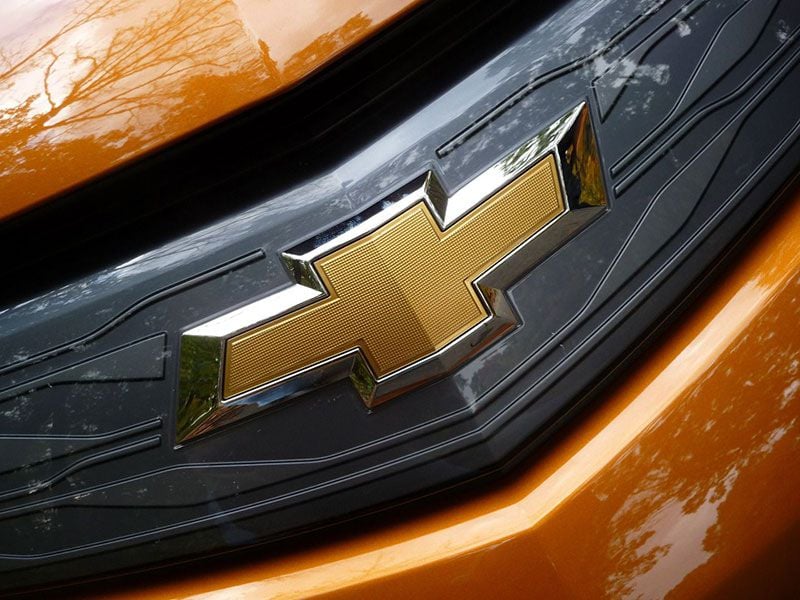
Photo by Ron Sessions
3) Plenty of Power
The Chevy Bolt’s big 60-kWh battery isn’t just good at racking up impressive range numbers; it also powers a good-size permanent-magnet drive motor rated at 200 horsepower and 266 lb.-ft. of torque. That’s nearly twice as powerful as the 107-hp motor in the Nissan Leaf or the 109-hp unit in the Kia Soul EV. As a result, the Bolt doesn’t just lollygag along in save-the-planet mode. It can squirt to 60 mph in 6.5 seconds, as quick as a Ford Fiesta ST or MINI Cooper S and nearly as fleet of foot as a Volkswagen GTI (and roughly 3 to 4 seconds quicker to 60 than the aforementioned Soul EV and Leaf). While it doesn’t offer the supercar performance of the Teslas, the Bolt, with the instant torque of its big electric motor, is fun.
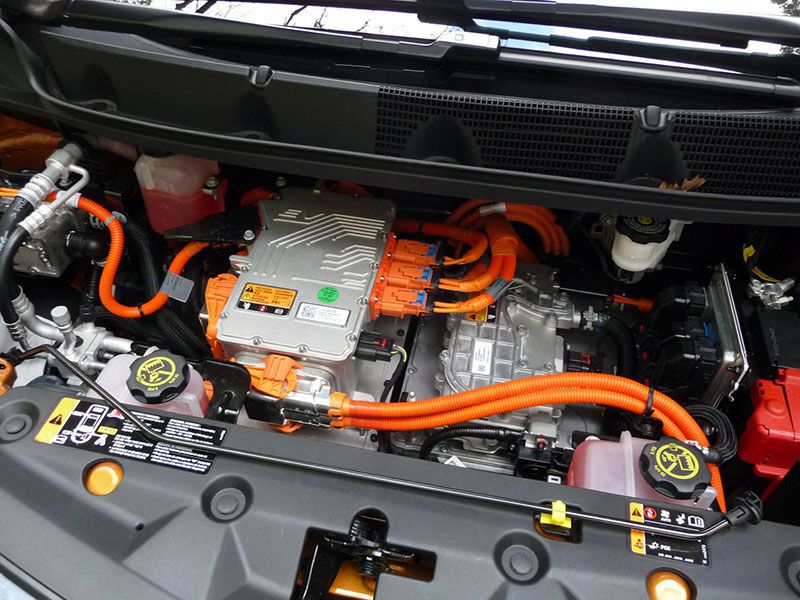
Photo by Ron Sessions
4) Roomy Interior
Unlike some other EVs based on existing cars, the Bolt’s large battery doesn’t crimp interior room because the taller roof and crossover wagon footprint adds space the battery would otherwise take away. The Bolt is a dedicated 5-passenger EV that was designed from the get-go for electrified propulsion. Inside, the cabin is light and airy with slightly elevated seating, generous windows and good sightlines. The dash layout is high-tech and functional with a large, easy-to-read 8-inch driver display, 10.2-inch climate/infotainment center touchscreen, 4G LTE WiFi, and logically arrayed switchgear. Even the Bolt’s seats were specially designed with thinner cross-sections and less bulk, although some buyers may find the stingy, high-density foam padding a bit hard.
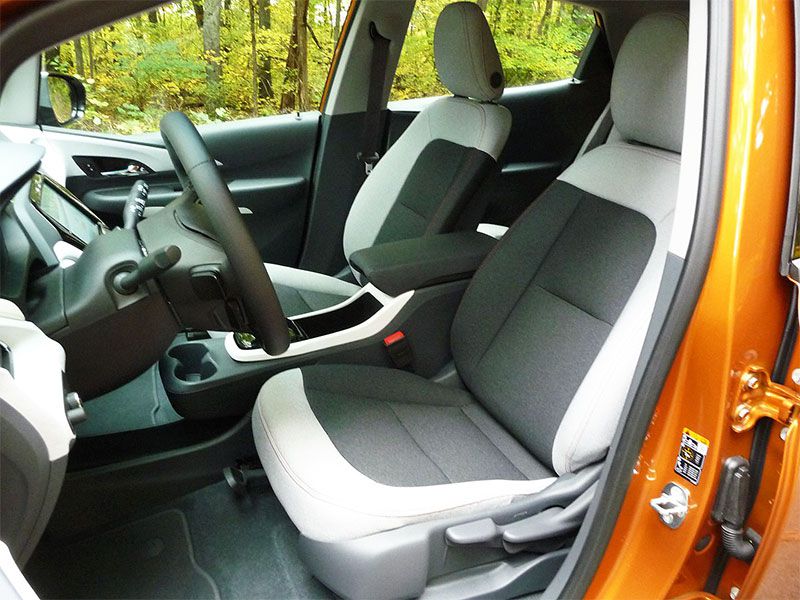
Photo by Ron Sessions
5) It's cargo friendly.
The new electric Chevrolet is almost a foot and a half shorter than the Chevy Volt, but because it’s taller and has no gas engine, fuel tank, or battery intruding into the interior, the Bolt offers 4 cubic feet more passenger space and a whopping 6 cubic feet more cargo room than the Volt.
Height-wise, the Bolt looms over subcompacts such as the Chevy Sonic but doesn’t stand as tall as the Chevy Trax crossover. Yet with 16.9 cubic feet of cargo space, the Bolt carries nearly as much behind the rear seats as does the much larger Trax.

Photo by Ron Sessions
6) Rear Camera Mirror
One cool feature standard on the Bolt Premier model is a rear camera mirror. This essentially replaces the rearview mirror with an equal-size screen displaying an image from a rearview camera. The difference between this and a backup camera is this: The camera mirror is on all the time the ignition is switched on, not just when the Bolt is in reverse. The rear-mounted camera delivers an 80-degree wide-angle feed, so the driver can see pedestrians, vehicles, and obstacles to the sides not usually visible in a standard rearview mirror. And because the camera is at the rear of the Bolt, its image isn’t blocked by the heads of passengers in the rear seat or big cargo obstructing the driver’s view out the hatch window.

Photo by General Motors
7) Bring Your Own Nav
Don’t look for a dedicated navigation system in the Bolt, even as an option in the $40,905 Bolt Premier. Chevrolet rightly assumes that anyone purchasing a highly advanced electric car will be sufficiently tech savvy to be able to work with Google Maps or another app off a connected cellphone. Making good use of the standard 10.2-inch touchscreen in the center stack, drivers can pull up maps via Apple CarPlay or Android Auto. Also making phone charging a bit easier in the Bolt is an optional wireless inductive phone charger.
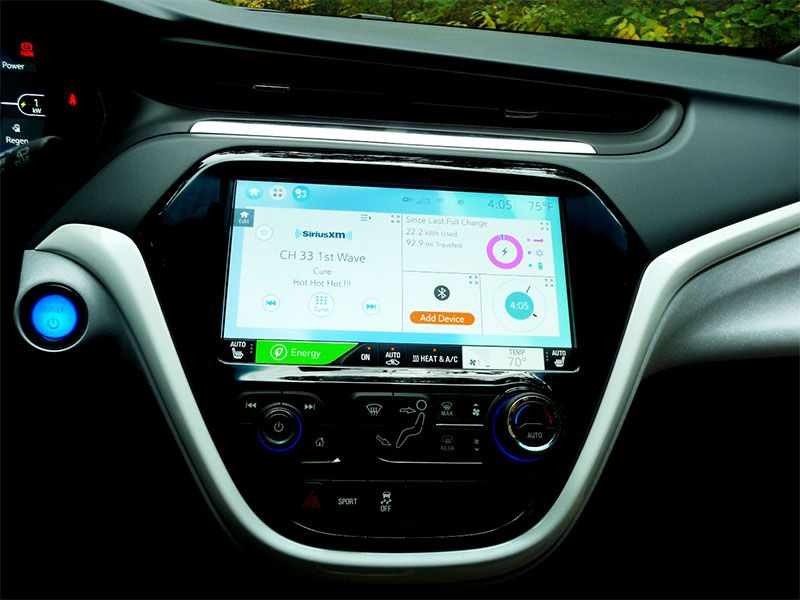
Photo by Ron Sessions
8) It's fun to drive.
Wherever the road takes you, the new Chevy Bolt is surprisingly fun to drive. Although the Bolt’s Michelin Energy-Saver all-season tires are more skewed to low rolling resistance than high-performance grip, the steering response is quick with light effort. Despite the car's 3500-lb. mass, the Bolt’s body motions are well damped and the low-mounted battery helps tame body roll. The Bolt has a substantial, solid feel on the road. The standard 17-inch aluminum wheels are handsome and give the Bolt some upscale curb appeal. But be advised, there is no spare tire, that space given over to the generous battery. Instead, the tires are filled with self-sealing goo.
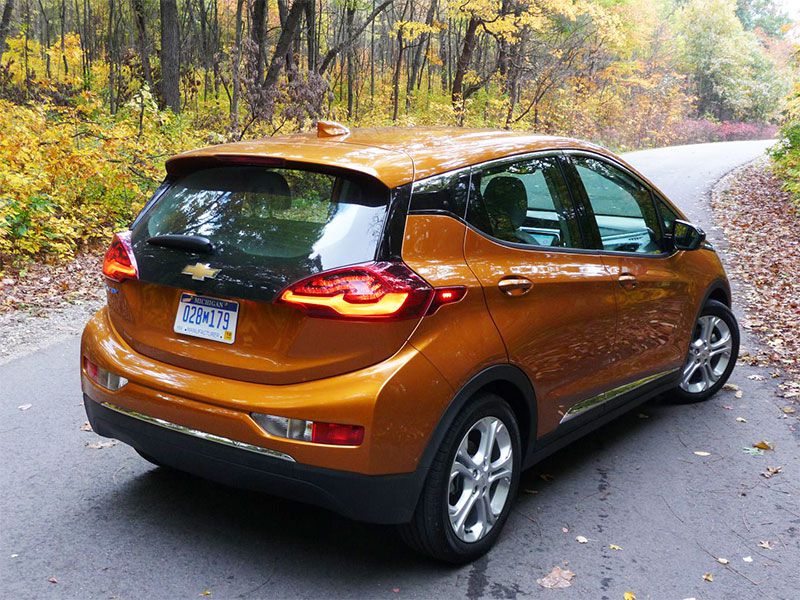
Photo by Ron Sessions
9) One Pedal Driving
One neat feature of the Chevy Bolt is this: It can be driven using just one pedal—the accelerator. Place the transmission in Low and the accelerator transforms itself into sort of a forward progress pedal. Depress the pedal and the Bolt accelerates; back off and the car slows as if you pressed the brake pedal. It takes a little practice to master, but once having done so you can negotiate most driving maneuvers, including stop-and-go city driving, using just the right pedal. The benefit is regenerative braking is increased, helping keep the battery charged longer and extending the Bolt’s driving range. Don’t worry, backing off on the accelerator applies the brake lights so the traffic behind you knows you are slowing. Once you master this, you can enhance the regenerative effect using the paddle behind the left side of the steering wheel.
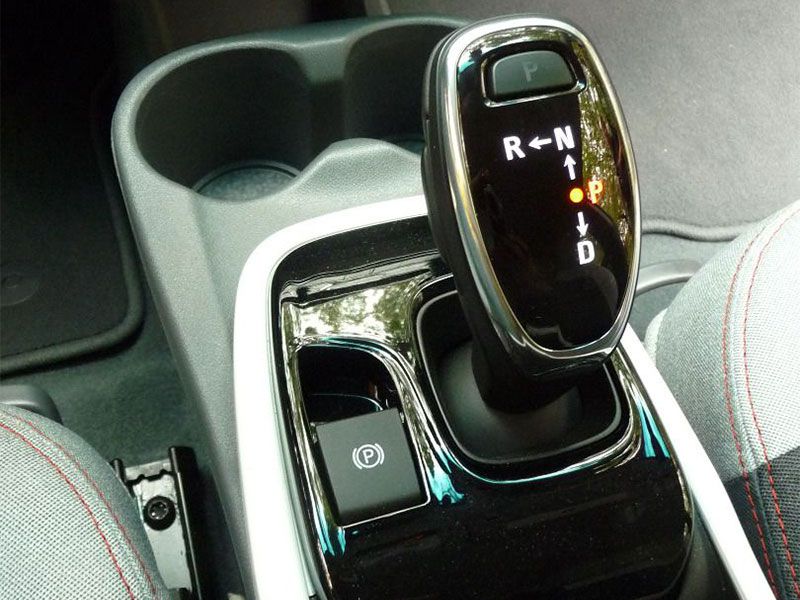
Photo by Ron Sessions
10) Playing the Charge Card
The only downside to permanently avoiding gas stations is the amount of time it takes to recharge the Bolt's battery. The Bolt has a big battery so don’t even think about trying to recharge it using a standard 120-volt outlet in your garage—that would take more than 29 hours. Even with a 32-amp, 240-volt charger at home, plan on charging the Bolt for more than 9 hours. Chevrolet offers a $750 optional quick-charge port that enables the Bolt to hook up to Combined Charging System 50-kW direct-current charge stations now beginning to appear in major metropolitan areas. These can give the Bolt a quick 90 miles of range in about a half hour, or roughly the time it takes to look at a few emails and download a venti latte. Capiche?
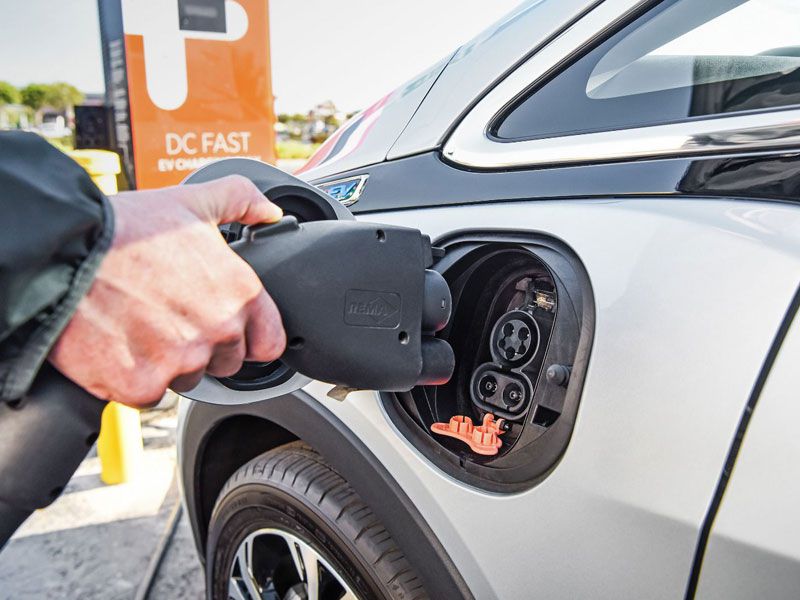
Photo by General Motors